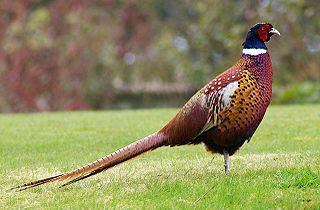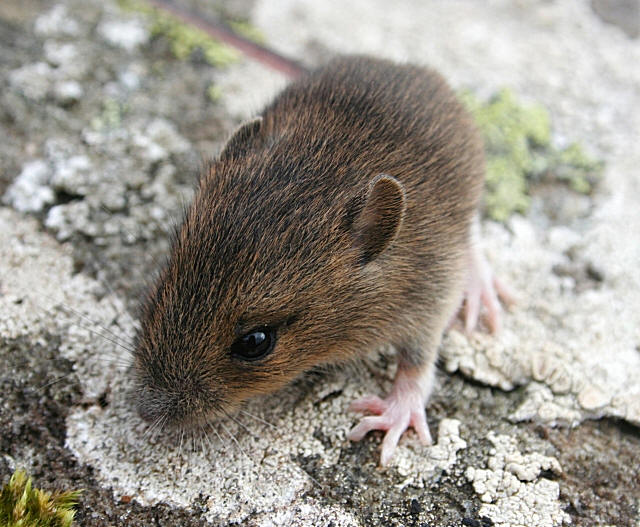Interactions

M. differentialis is a primary consumer and an important
food source to other animals within its habitat. In fact
grasshoppers are such a heavily utilized food source for other
organisms that the vast majority fail to make it to adult hood.
Even while buried underground the eggs are often parasitized by
flesh-tachinid, and tangleveined flys. Those lucky enough to
hatch are often consumed by spiders, rodents, and birds
(Pfadt, 1971). In fact young grasshoppers play a key role
in the survival and development of many upland game bird like
grouse,
turkey, and pheasant as they provide an essential source
of fat and protein to the young birds.




In addition to primary predators grasshoppers are also susceptible to a
variety of pathogens from other organisms including: fungi, bacteria,
protozoa, viruses, and nematodes (Chapman
& Joern, 1990). Many of these organisms often parasitize and kill
their grasshopper host. For example, entomopathogenic fungi have been
known to decimate locust populations for over a hundred years.
Consequently, this knowledge has spurred research in utilizing certain
fungal species for pest control (Chapman
& Joern, 1990).
Despite the wide range of potential natural threats the lead killer of
grasshoppers are by far humans. People have been at war with various
grasshopper species for centuries. Often traveling in large migratory
swarms locust could easily destroy fields of crops in a matter of days.
Today such large populations are controlled by a variety of means, the
most common of which is use of pesticides. Each season farmers spray a
variety of pesticides over the fields to kill the potentially
destructive insects. For years locust species have annually caused
hundreds of millions of dollars in crop damage in the U.S alone
(Howard, 1908). Though devastating to annual crop yield it is
interesting to note that M. differentialis actually favors wilted plant
leaves when conditions are favorable (Lewis A.C).
